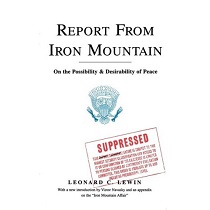Sensationalism In America's Media

[Globe is a supermarket tabloid first published North America on November 10, 1954 in Montreal, Canada as Midnight by Joe Azaria and John Vader and became the chief competitor to the National Enquirer during the 1960s. In 1978 it changed its name to the Midnight Globe after its publisher, Globe Communications, and eventually changed its name to Globe. The newspaper, as well as most of its rivals, is now owned by American Media Inc. and is published out of American Media's headquarters in Boca Raton, Florida. Globe covers a widespread range of topics, including politics, celebrity news, human interest and high-profile crime stories.]
Its history is long and sordid, dating back centuries elsewhere since the 1500s or earlier. In 19th century America, the penny press and yellow journalism featured it with regular coverage of crime, tragedy, gossip, and other ways to stimulate sales.
Newspaper editor Frederic Hudson published a history of American newspapers titled, "Journalism in the United States, from 1690 to 1872," an authoritative text saying:
"The penny press arrived in New York on January 1, 1833, when Horatio David Shepard teamed up with Horace Greeley and Francis W. Story and issued the Morning Post." Both found fame and fortune in New York, but "the concept of bringing out a penny paper belonged exclusively to Shepard."
In 1835, James Gordon Bennett's New York Herald featured local news and corruption, realizing "there was more....money to be made (from) gossip that interested bar-rooms, work-shops, race courses, and tenement houses (than) drawing rooms and libraries."
As a result, penny papers featured vulgarity, cheapness, and spurious sensationalist accounts to spur sales, though later more significant information was reported.
Originating during the late 19th century Gilded Age circulation battles between Joseph Pulitzer's New York World and William Randolph Hearst's New York Journal, yellow journalism first emerged.
Dictionaries define it variously as irresponsible and sensationalist reporting that distorts, exaggerates or misstates the truth. Its misinformation masquerades as fact to boost circulation, readership, or larger viewing audiences, as well as lie for state and corporate interests.



























